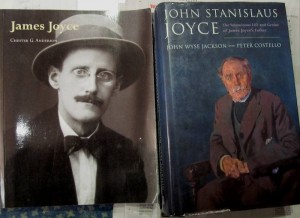When a company becomes as dominant and successful as Google (or Microsoft, for that matter), there’s a tendency in the mass media (and indeed in the investment community) to assume that when it decides to throw its weight behind a product or service then it’s bound to succeed. Sadly, it ain’t true — as Microsoft has discovered with media players, home media centres and mobile phones. Now it’s Google’s turn to discover that getting into a business where you have no previous experience is a tough proposition — as this dispatch from Good Morning Silicon Valley suggests.
The Nexus One may be made by HTC and its primary carrier may be T-Mobile, but Google’s name is on the phone and Google’s site is the point of purchase, so Google is getting a heaping helping of the customer questions and complaints. But mobile phone users are used to turning to a carrier’s call center for round-the-clock assistance (albeit of varying quality), and Google doesn’t have one of those. Instead, the company’s support services rely on FAQs, forums and e-mail. And that process, it seems, is not straightforward or timely enough for some Nexus One buyers. First came a wave of questions about service plans, upgrade eligibility, shipping, network compatibility and the like — normal for any new phone, and certainly one sold in this unfamiliar style. There were also tech questions, particularly regarding an issue with flaky 3G connections that HTC, Google and T-Mobile are all now trying to figure out. Again, not unusual for a new phone. But the next wave of forum posts started to bring other complaints — about slow responses to questions; vague or partial answers; advice that sent users ping-ponging among maker, vendor and carrier; and accusations that Google was unprepared to offer proper customer care, or worse, that it was trying to make minimally assisted self-help the new normal.
And this morning, there’s another headache brewing — some folks are just discovering that when Google said calling-plan customers who got the $180 discounted price on the phone and then canceled within 120 days would have to pay the $350 balance of the unsubsidized price, that would be in addition to the carrier’s own early termination fee. You do have the option of returning the phone.
LATER: More in the same vein from the New York Times.





